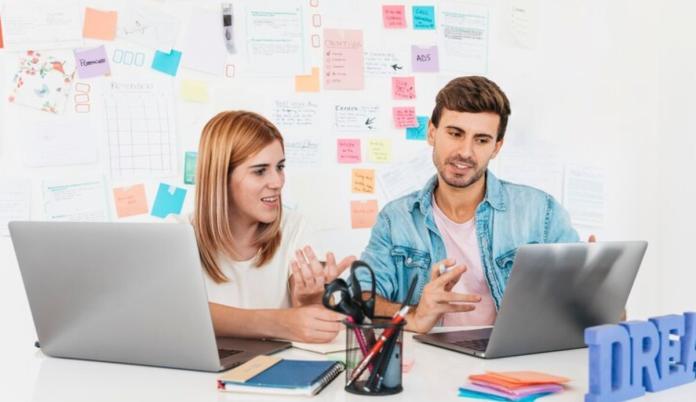Every student is different, and each one learns at their own pace. However, traditional teaching approaches don’t always meet the requirements when it comes to special needs students. Fortunately, with modern, open-minded approaches to learning, these students can easily have their learning needs met.
New approaches offer a variety of benefits for special needs students, and we will take a look at why these approaches work so much better than traditional approaches.
New Approaches
What are some of the new approaches in learning? Some of the modern approaches include:
- new website design principles for accessibility
- online learning platforms and classrooms
- inclusive classrooms
- accessibility programs for easy learning
- adaptive devices
- personalized learning
- immersive classrooms (AR/VR)
The benefits of using modern techniques in learning processes
While there are many benefits of using modern techniques in learning, let’s look at the main ones.
Accessibility and flexibility
One of the greatest benefits of using modern approaches is that they often provide flexible learning environments. These could include audio, visual, text-based learning, and experience-based learning. The new techniques mean that a wider range of students can be reached, regardless of their abilities and needs.
Providing learning materials in an array of mediums works for presenting material, working with material, and assessing it. Whether an individual has limited abilities or faces immense physical challenges, they still have access to learning and thus, self-improvement.
Engagement
A student who is involved in the process may learn, process, and retain information easier. Engaging with the tutor or with the physical items through things like gamification can make the learning experience a lot deeper and more insightful.
Interaction and communication

Through interaction and chat facilities, students can become a bigger part of the process. Online tools can help collaboration, communication, and interaction between students and facilitators, which can assist the learning process. This is especially important for students who face social challenges or who battle with in-the-flesh communication.
Types of New Approaches
Adaptive learning platforms
Since students work at their own pace, having a learning platform that allows them to study at a rate that is fairly comfortable for them makes sense. New platforms allow students to study and submit assignments or do assessments all at a pace that suits them and their abilities. These individualized education programs mean that the student feels less pressure and has more control over their learning pace.
Assistive technologies
Modern technology allows users of varying abilities to access and use information on the internet. Whereas websites were previously built for search engines, modern websites are built for users, and the greater the accessibility, the better the website is viewed by Google. Perhaps that is why many websites are designed with accessibility in mind. Tools such as screen readers and speech-to-text software help information flow both ways.
Devices are also being designed with accessibility in mind. Mobiles even incorporate text-to-speech functionality as well as screen readers. Adaptive keyboards and adaptive mice are tools that could make studying easier for students with motor skill challenges. These tools are great, especially for online education.
Augmented reality and virtual reality (AR/VR)
With great strides being made in AR and VR, having virtual reality classrooms has become a reality. These immersive experiences often work well with students who have either social challenges or sensory impairments that impede them from a physical classroom setting.
Games and playgrounds
By incorporating gaming elements into learning approaches, the student feels increased ease and enjoyment. This helps students with varying abilities and challenges to retain more information when learning.
Project-based learning
Project-based learning is very hands-on. It is perfect for students who enjoy real-world situations. Project-based learning helps students develop their critical thinking abilities and their communication skills. Projects are often as fun as they are interactive. This helps students connect textbook learning with real-life situations.
Final Thoughts
The world of learning is constantly changing. Special needs students may have experienced isolation in previous years because they learn at a different pace from the rest of the class. As we embrace innovations in learning, we simultaneously foster a culture of inclusivity. And with innovations in learning, these students now have access to a world of knowledge. Thanks to innovative approaches to learning, limitations no longer have to hold an individual back.
Modern approaches include things like assistive technologies, personalized learning, and inclusive classrooms. These advancements help students work at their own pace to reach their full potential. All of these factors help create educational environments that cater to the unique needs of all students.
You may also like to read,







